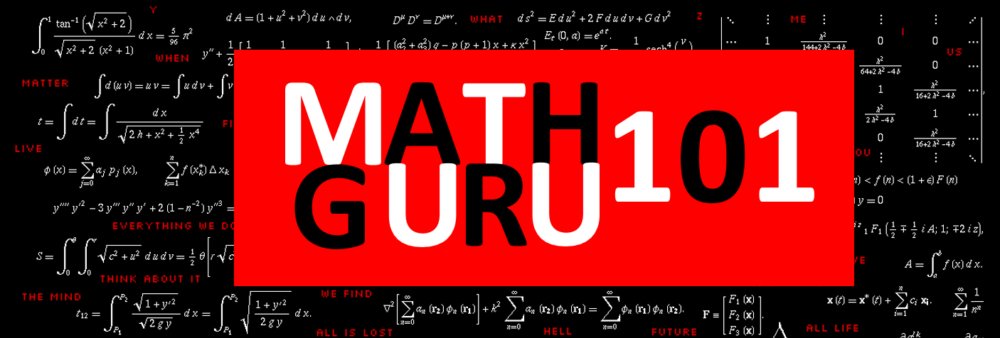On January 20th, 2018 our “4000 Chebyshev Bias Tester” completed testing all primes up to 10*1014 and found a new and previously unknown 10th sign-changing zone for ∆{4;3,1}(x), where the value of ∆{4;3,1}(x) equals to -1.
In 2004 a group of French mathematicians (Marc Deléglise, Pierre Dusart, and Xavier-François Roblot) predicted the next 9th sign-changing zone to exist around 9.97*1017.
The 10th sign-changing zone, discovered by us, is located much lower than predicted (at around 7.15*1014), is wide and contains 481194 primes.
Function ∆{4;3,1}(x) = π{4,3}(x) – π{4,1}(x) represents the difference between primes of the form 4k + 3 and primes of the form 4k + 1 up to a given x and plays important role in number theory. In 1853 the brilliant Russian mathematician Pafnuty Lvovich Chebyshev observed that this functions becomes negative quite rarely. Since then this phenomenon is known all over the world as Chebyshev’s bias. The direct numerical testing of this function present a complex and daunting computational problem complicated by inefficient algorithms, lack of memory and other limitations of modern computers.
The first seven sign-changing zones of this function were found between 1957 and 1996. The 8th, previously unknown sign-changing zone, was discovered by us on October 1st, 2017. The 9th zone was also discovered by us on October 10th, 2017 and contributed as addition to the Online Encyclopedia of Integer Sequences (OEIS) under A051025 and A051024.
We plan to publish our main results in the nearest future.
